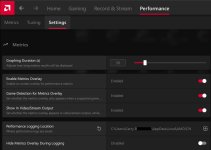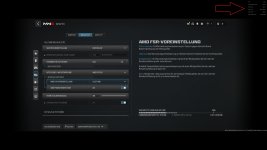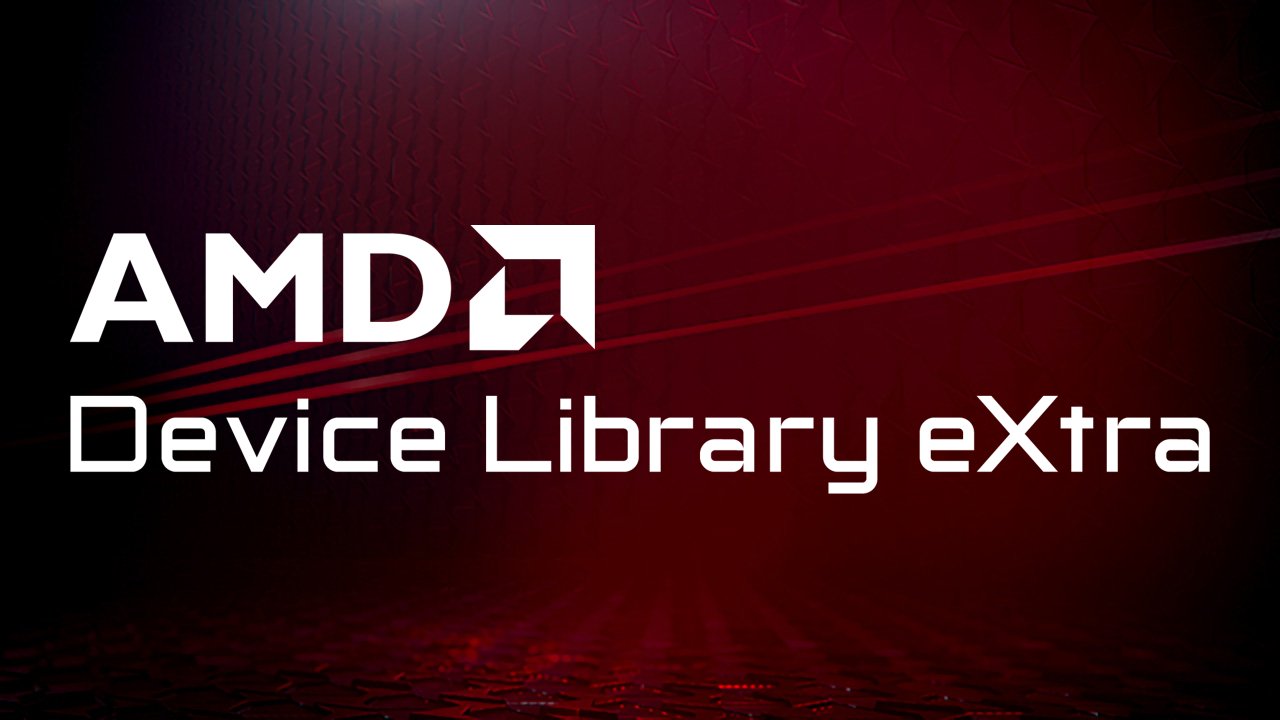Set applies to the visible tab, the + is for all the tabs.Awesome, also...what does the '+' button do that's next to 'Set'? In 1.1.1 this button said 'All'
Yes, all the good old stuff is now available.Nice, GJ !
Set applies to the visible tab, the + is for all the tabs.Awesome, also...what does the '+' button do that's next to 'Set'? In 1.1.1 this button said 'All'
Yes, all the good old stuff is now available.Nice, GJ !


Nope. Like RedF said..@hellm
Siehst Du noch ne Chance, wenigstens den PL-Slider auf 20..25% zu bringen, damit man sich flashen sparen kann?
Yep, but something is wrong now with the 24.1.1 installed. I'm not sure whose side the problem is on, but after using new MCT followed with subsequent reboot there's a warning pop-up about "configuration change" as when the SAM just activated in BIOS, and in the MCT the SAM checkbox is now empty.Yes, all the good old stuff is now available.
I have no problems with this.Yep, but something is wrong now with the 24.1.1 installed. I'm not sure whose side the problem is on, but after using new MCT followed with subsequent reboot there's a warning pop-up about "configuration change" as when the SAM just activated in BIOS, and in the MCT the SAM checkbox is now empty.
Congrats!I have no problems with this.
Should only mean that it is not necessarily due to the MCT and 24.1.1. Since it is running here.Congrats!
I see. Just wanna add, this particular function looks not as simple as other api calls judging by the sources )I will take a look in the next few weeks, i'm a little short on time at the moment. Nothing obvious after a short look.
res = smartAccessMemory->SetEnabled(!enabled);
if (ADLX_SUCCEEDED(res))
std::cout << "Set AMD SmartAccess Memory to " << (!enabled ? "enabled" : "disabled") << " for " << (index + 1) << "th GPU" << std::endl;
else
std::cout << "Call SetEnabled() failed" << std::endl;
// First event received quickly before SAM start
WaitForSingleObject(SAMEvent, 2000);
// When receive the first event, avoid calling any other ADLX method, and if any UI application is running, we must close it to avoid crashing
// Close(application)......
// Second event received after SAM completed, the maximum consuming time less than 20 seconds.
WaitForSingleObject(SAMEvent, 20000);
// Now SAM completed, we can restart the UI application, and continue to call ADLX function
// Start(application)......
res = smartAccessMemory->IsEnabled(&enabled);That's right, but in the sample source, isEnabled() is called right after the second SAM "event" has occurred, so I don't see why it should fail.Yes, you notice the WaitForSingleObject stuff, up to 22 secs for the events. This is the GPU resetting and until those events occured, isEnabled will fail. Every ADLX call afaik. So, if you changed SAM state, at some point after that you will get the proper readback with the actual SAM state.
No, MCT has nothing to do with it. Either there's something wrong with the IADLXGPUTuningServices1, or with my current driver installation.If your problem occures with both MCT and the sample code, this might be due to a bug in the driver or related system stuff.

 gpuopen.com
gpuopen.com
Hello, kannst du evt. einfach 2 .exe Erstellen, und jeweils die ADLX Version mit angeben.Seit MCT v1.1 nutze ich die neue ADLX:
..dort habe ich noch keine Schnittstelle bezüglich Dithering zur Verfügung. Kommt vielleicht mit dem nächsten Versionen der ADLX, die ist noch relativ neu. Die alte ADL bzw ADL2 in der Version 17.1 könnte ich schon auch noch zusätzlich integrieren, aber dann wirds wieder komplex und zeitaufwendig Fehler zu vermeiden.
AMD Device Library eXtra (ADLX) SDK
ADLX is a modern library designed to access features and functionality of AMD systems such as Display, 3D graphics, Performance Monitoring, GPU Tuning, and more.gpuopen.com
Oh, ok. Warum wechselt AMD die Library, und updated nicht einfach die Vorversion die mehr Features hat? Die Vorversion wird ja immerhin auch noch verwendet vom Treiber.Seit MCT v1.1 nutze ich die neue ADLX:
..dort habe ich noch keine Schnittstelle bezüglich Dithering zur Verfügung. Kommt vielleicht mit dem nächsten Versionen der ADLX, die ist noch relativ neu. Die alte ADL bzw ADL2 in der Version 17.1 könnte ich schon auch noch zusätzlich integrieren, aber dann wirds wieder komplex und zeitaufwendig Fehler zu vermeiden.
